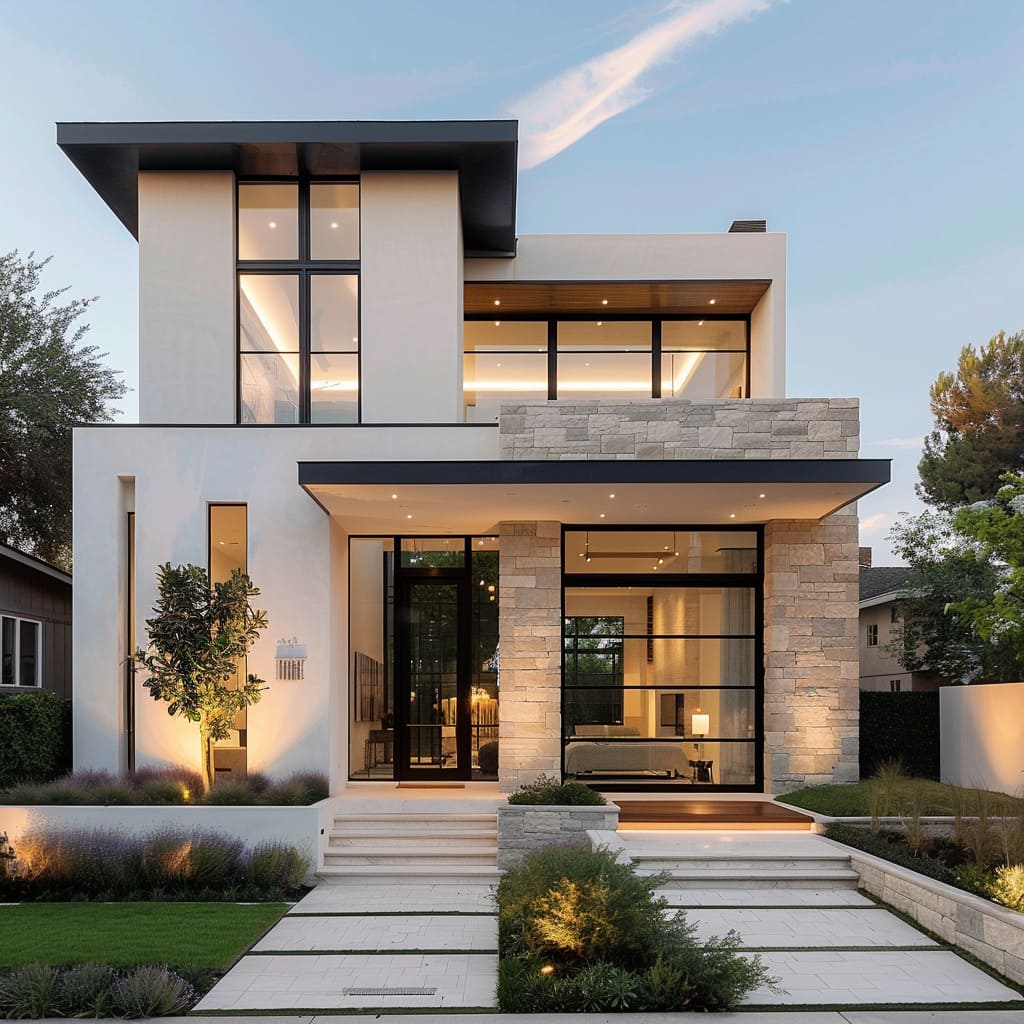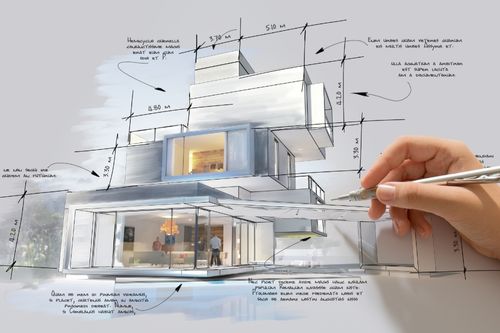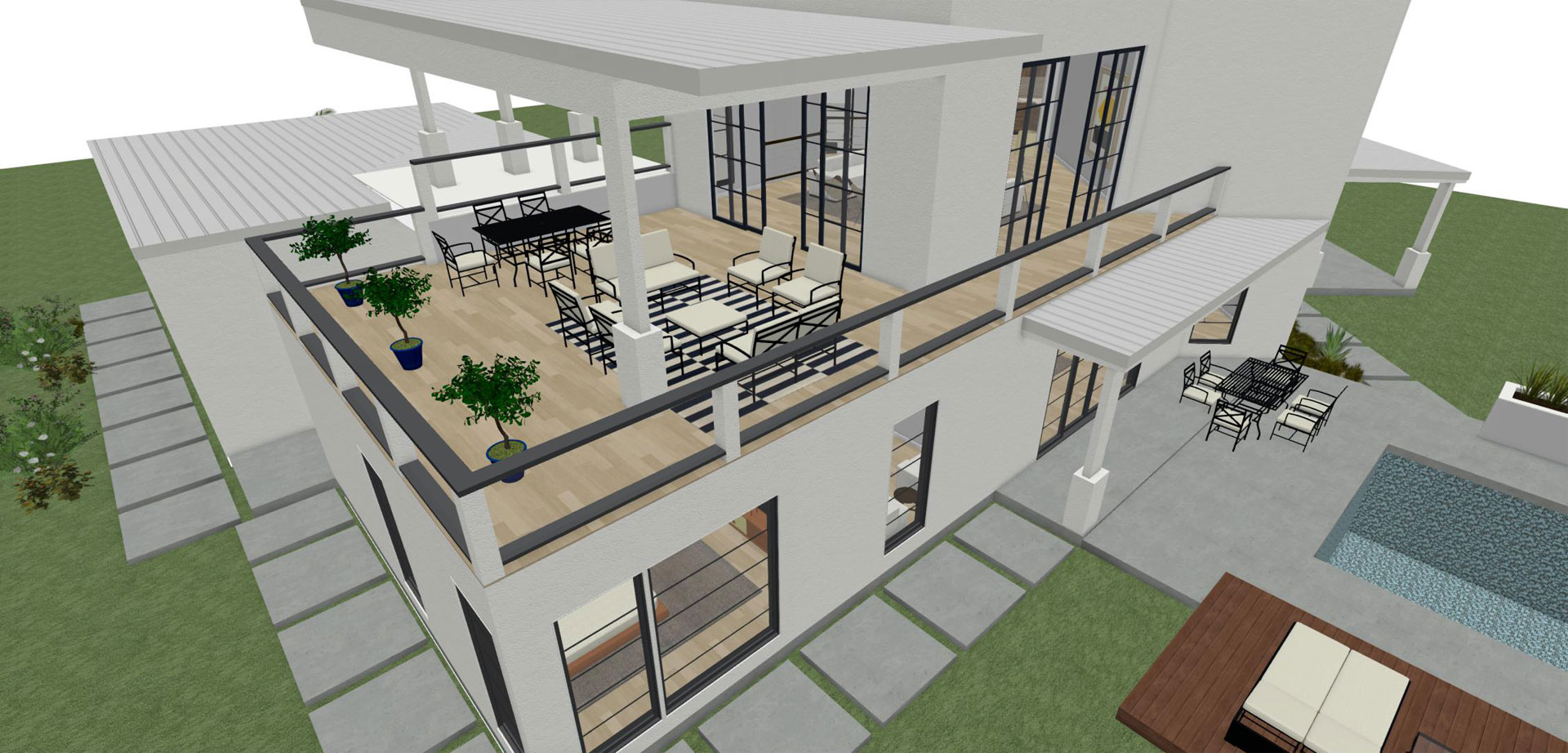A Detailed Overview of Architectural Designs and Their Influence on Modern City Planning and Advancement
Building styles have long worked as a mirror to the societal worths and technological innovations of their time, playing a crucial duty in forming contemporary city planning and growth. From the magnificence of Neoclassicism to the practical strategy of Brutalism, each style has actually introduced unique concepts that affect metropolitan appearances and functionality. As modern obstacles occur, including sustainability and neighborhood demands, recognizing these historic structures ends up being crucial. The resulting dialogue not just educates future design techniques however also elevates important inquiries regarding the balance between heritage and technology in our evolving metropolitan landscapes.
Historic Review of Architectural Styles

As societies transitioned via the Center Ages, Gothic architecture emerged, characterized by its verticality and elaborate outlining, matching the spiritual desires of the era. The Renaissance marked a resurgence of classical perfects, combining art and architecture in innovative manner ins which influenced succeeding styles across Europe.

Today, architectural styles remain to progress, driven by globalization and sustainability concerns, showing a dynamic interplay between heritage and innovation. This historical overview emphasizes the relevance of design as a mirror of social evolution and as a stimulant for metropolitan development.
Trick Architectural Styles Explained
The diversity of architectural designs mirrors the myriad impacts that shape our developed environment, each symbolizing distinct attributes and social importances. Key building styles include Classical, Gothic, Baroque, Innovation, and Postmodernism, each representing one-of-a-kind historical contexts and aesthetic philosophies.
Classic style, rooted in old Greece and Rome, highlights proportion, proportion, and making use of columns (cda architects). On the other hand, Gothic architecture, flourishing between Ages, is defined by sharp arcs, ribbed safes, and flying buttresses, developing an angelic top quality in cathedrals. Baroque design, emerging in the 17th century, is noted by grandeur, intricate decoration, and a dynamic interplay of light and shadow
Innovation, which got momentum in the early 20th century, focuses on feature over form, making use of brand-new products like steel and glass to create minimalist structures. Postmodernism, responding against the austerity of Modernism, welcomes eclecticism and historic referral, usually including spirited components and irony.

Impact on Urban Planning
In forming the growth of cities, building designs considerably affect city preparation decisions. The option of architectural design usually dictates the aesthetic appeals, capability, and total character of city environments.
Additionally, building designs can influence zoning guidelines and land make use of policies. Urban planners need to think about the dominating architectural fads when developing districts, making certain that brand-new growths balance with existing frameworks. This factor to consider promotes cohesive urban landscapes and enhances community identity.
The execution of particular building designs can additionally affect socioeconomic aspects within a city. Premium contemporary styles might bring in upscale residents and companies, leading to gentrification, while more inexpensive housing services may focus on practical and lasting designs to suit varied populations. cda architects. Eventually, the interplay between building designs and metropolitan preparation develops dynamic cities that mirror both historical context and contemporary requirements, shaping the lived experiences of their occupants
Sustainability and Modern Architecture
Building styles play an essential look here role in attending to contemporary difficulties, particularly in the realm of sustainability. As urban areas broaden and environmental concerns magnify, contemporary style increasingly welcomes lasting layout principles that prioritize power efficiency, resource preservation, and very little environmental influence.
Contemporary architectural motions, such as biophilic layout and green design, advocate for structures that integrate with their surroundings, using all-natural products and promoting biodiversity. These styles usually integrate renewable resource sources, such as photovoltaic panels and wind generators, to lower reliance on nonrenewable fuel sources and lower carbon impacts.
Moreover, the integration of sophisticated modern technologies, such as clever building systems, boosts energy management, maximizing source use while ensuring occupant convenience. Ingenious water management approaches, including rain harvesting and greywater recycling, more add to lasting urban environments.
Especially, sustainability expands past ecological concerns; it encompasses social and economic dimensions. By fostering community well-being and promoting inclusivity, modern-day architectural styles align with lasting growth objectives. Subsequently, the development of architectural practices continues to form resistant cities that not just satisfy the requirements of the present but additionally secure the future for generations ahead.
Community Involvement in Style
Community engagement in design functions as an essential bridge between engineers and the populations they offer, making certain that the developed environment mirrors the requirements and aspirations of its customers. This collective procedure invites community participants to contribute their understandings and preferences, fostering a feeling of ownership and obligation toward the areas they inhabit.
Reliable neighborhood involvement employs different approaches, such as workshops, surveys, and public online forums, to gather varied point of views. These strategies help with a two-way discussion, allowing engineers to understand neighborhood contexts while equipping homeowners to voice their worries and desires. This inclusivity not just boosts the design top quality but likewise advertises social equity by dealing with the one-of-a-kind challenges dealt with by marginalized teams.
Furthermore, area engagement can lead to ingenious remedies that might not emerge in a standard layout process. By integrating regional expertise and cultural values, designers can develop rooms that reverberate more deeply with users, improving home use and sustainability. Ultimately, prioritizing neighborhood interaction in layout procedures causes environments that nurture social communications, assistance health, and reinforce area connections, thereby playing a critical function fit modern-day metropolitan landscapes.
Verdict
Architectural designs have actually exceptionally affected modern-day city preparation and advancement, reflecting evolving social and technical contexts. As cities continue to grow and adjust, anchor the continuous dialogue between building heritage and contemporary design concepts will remain crucial in creating comprehensive, lively rooms that improve quality of life and advertise social equity.